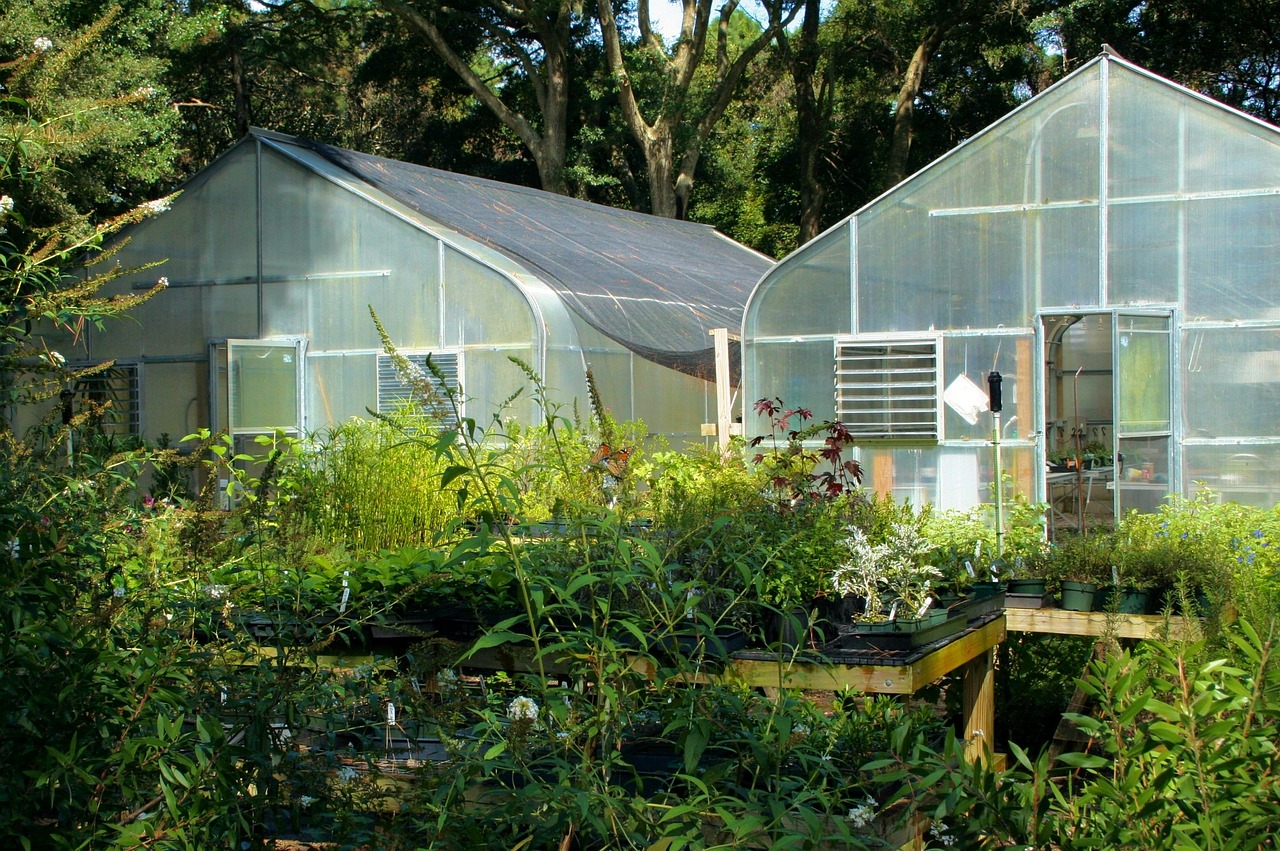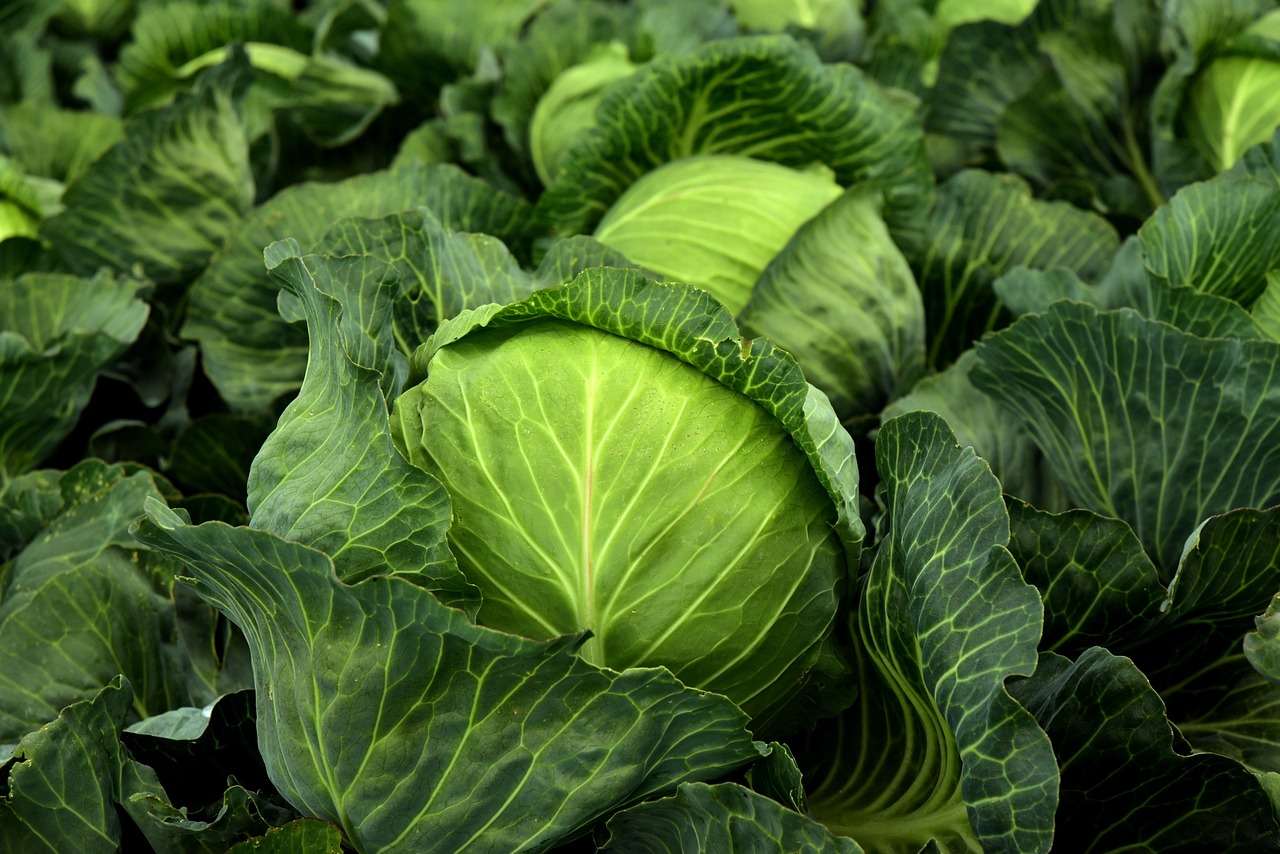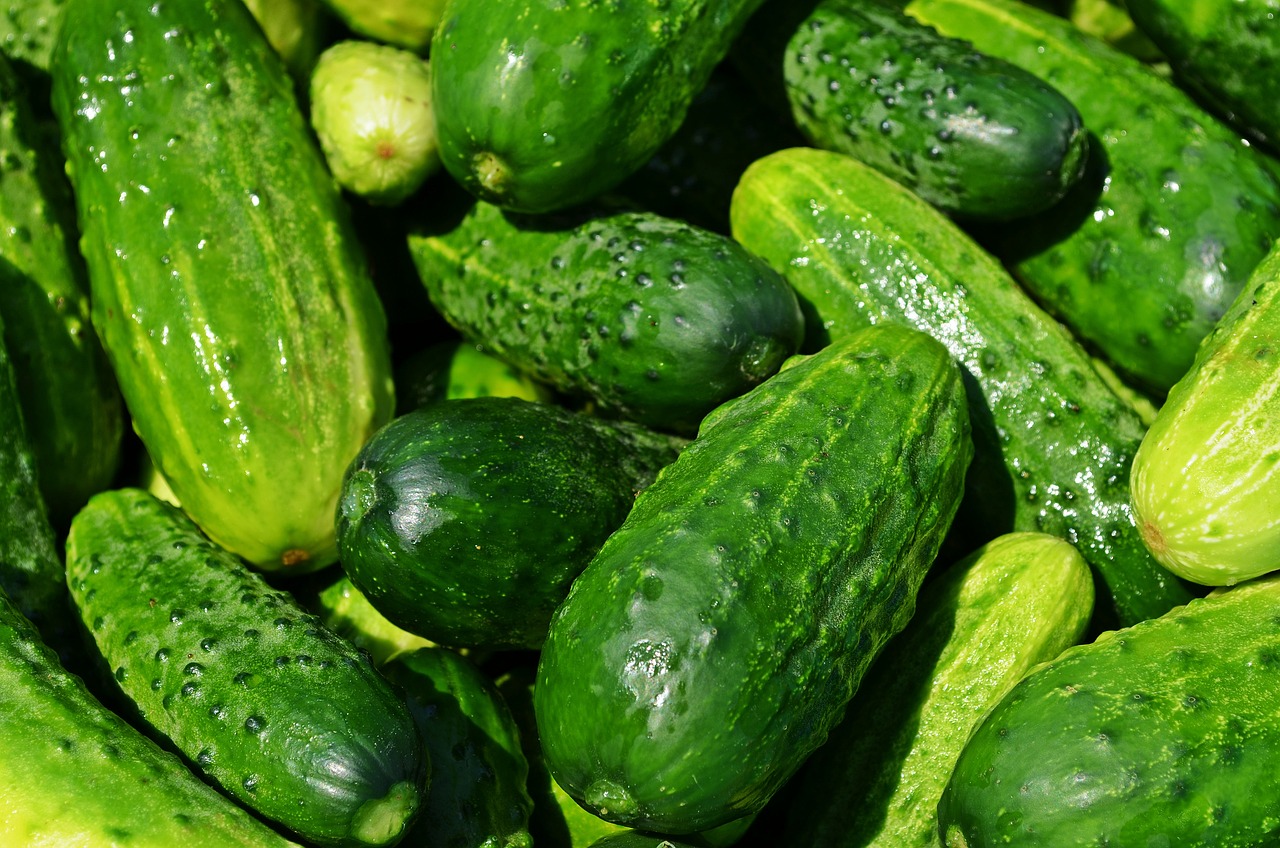Do you want a garden that thrives? Companion planting might just be the answer!
This ancient technique involves planting different crops next to each other in a way that benefits both plants. By understanding the art of companion planting, you can create a garden that is not only beautiful but also productive and healthy.
Companion planting has numerous benefits, including pest control, increased pollination, and improved soil health. For example, planting marigolds with your vegetables can repel harmful insects, while planting beans with corn can help improve the soil by fixing nitrogen.
With the right combination of plants, you can create a self-sustaining ecosystem that supports itself and your garden’s growth. In this article, you will learn how to choose the right plants for your garden, create a successful companion planting plan, and troubleshoot common issues that may arise.
Get ready to take your gardening game to the next level!
Understanding the Benefits of Companion Planting
You’re gonna love how companion planting can make your garden thrive with less effort! Let’s start by understanding the benefits of pairing up certain plants.
When you choose the right types of companion plants, you’ll see an improvement in soil health, pest control, and overall plant growth. Types of companion plants can be categorized by their impact on soil health. For example, legumes like peas and beans fix nitrogen in the soil, which helps other plants grow.
On the other hand, plants like marigolds and basil release natural chemicals that repel pests and attract beneficial insects. By strategically pairing up plants, you can create a balanced ecosystem within your garden that promotes growth and repels harmful pests.
So, not only will your garden look beautiful, but it’ll also be healthier and more productive!
Choosing the Right Plants for Your Garden
Picking the appropriate vegetation for your yard can make all the difference in its growth and productivity. In choosing the right plants, you need to consider plant pairing strategies. This involves selecting plants that complement each other, such as those that attract beneficial insects or repel pests.
For instance, planting marigolds alongside tomatoes can keep pests away, while planting basil near tomatoes can improve their flavor. Aside from plant pairing strategies, it’s also crucial to prepare the soil properly.
This means providing the necessary nutrients and pH levels for your plants to thrive. You can do this by adding organic matter like compost or using fertilizers. Additionally, knowing the water requirements of each plant can help you avoid over or under-watering them.
With these tips in mind, you can ensure that your garden is filled with healthy and productive plants.
Creating a Successful Companion Planting Plan
To ensure that your plants are healthy and productive, it’s important to consider complementary pairings when deciding which plants to include in your garden. Creating a successful companion planting plan involves taking into account several success factors, such as the plants’ nutrient requirements, growth habits, and pest and disease resistance.
For instance, planting nitrogen-fixing legumes like peas and beans alongside heavy feeders such as tomatoes and peppers can improve soil fertility and reduce the need for synthetic fertilizers.
However, there are also common mistakes to avoid when planning your companion planting scheme. One of them is overcrowding, which can lead to competition for resources and hinder growth. It’s important to space out your plants appropriately and avoid planting incompatible species together.
Another mistake is relying solely on companion planting to solve all your gardening problems, without paying attention to other factors such as soil quality and watering. By keeping these success factors and common mistakes in mind, you can create a companion planting plan that maximizes the benefits of your garden and produces a thriving ecosystem of plants.
Techniques for Maximizing Your Garden’s Potential
By utilizing various techniques such as intercropping and crop rotation, you can optimize your yield and promote a diverse and sustainable ecosystem in your garden.
Integrating permaculture principles in your garden design can further enhance the health and productivity of your crops. Permaculture involves mimicking the patterns of natural systems, such as planting diverse crops together and using natural pest control methods.
Interplanting vegetables is another effective technique for maximizing your garden’s potential. By planting complementary vegetables together, you can create a mutually beneficial relationship where one plant helps the other to grow better.

For example, planting beans next to corn can benefit both crops, as the beans fix nitrogen in the soil, which is essential for the growth of corn. Similarly, planting herbs like basil and oregano next to tomatoes can improve the flavor of the tomatoes and help to repel pests.
By incorporating these techniques, you can create a thriving garden that produces bountiful harvests while promoting a sustainable ecosystem.
Troubleshooting Common Companion Planting Issues
If you’re experiencing problems with your companion plants, try identifying the cause and implementing solutions to ensure a healthy and productive garden.
One common issue is pest infestation. Certain companion plants can help prevent pests from attacking your crops. For example, planting marigolds alongside your vegetables can repel nematodes and other harmful insects. Additionally, using organic pest control methods such as neem oil or insecticidal soap can be effective in keeping pests at bay.
Another issue that may arise in companion planting is soil quality. If your plants are not thriving, it may be due to poor soil conditions. To improve your soil, consider adding organic matter such as compost or aged manure. This will increase the nutrient content and improve soil structure, allowing for better water retention and root growth.
You can also try rotating your crops to prevent soil depletion and maintain soil health. By addressing these common issues and implementing solutions, you can ensure a successful and thriving companion planting garden.
Frequently Asked Questions
Can companion planting help reduce the need for pesticides and herbicides in my garden?
“Companion planting can definitely reduce the need for pesticides and herbicides in your garden. By planting certain combinations, such as marigolds with tomatoes or basil with peppers, you can naturally repel pests and improve soil health. These benefits of companion planting have been proven successful by many gardeners.”
Are there any plants that should never be planted together as companions?
Avoid certain companion planting combinations to prevent potential negative effects of incompatible plants. For example, don’t plant fennel near any other plants as it can stunt their growth. Do your research to ensure successful companion planting.
How do I know if a plant is a good companion for another plant in my garden?
To determine companion plant compatibility, start by identifying beneficial pairings. Look for plants with similar growing conditions, nutrient needs, and pest resistance. Avoid planting plants from the same family together.
Is there a specific spacing requirement for companion planting?
To maximize Companion Planting benefits, use proper Spacing techniques. Plant crops with enough distance to prevent overcrowding, which can lead to disease and pest infestation. Research the specific spacing requirements for each type of plant.
Can companion planting help with soil fertility and nutrient absorption in my garden?
Yes, companion planting can improve soil fertility and nutrient absorption. Beneficial microorganisms are attracted to certain plant combinations and intercropping techniques can also help maximize nutrient uptake and improve soil health.
Conclusion
So, there you have it! You now have a comprehensive understanding of companion planting and how it can help you create a thriving garden.
By utilizing the benefits of companion planting, choosing the right plants for your garden, and creating a successful companion planting plan, you can maximize your garden’s potential and troubleshoot any common issues that may arise.
Remember to consider the needs and characteristics of each plant when selecting your companions, and to rotate your crops to maintain soil health.
With a little bit of planning and effort, you can create a beautiful and bountiful garden that’s both visually appealing and sustainable. Happy planting!










